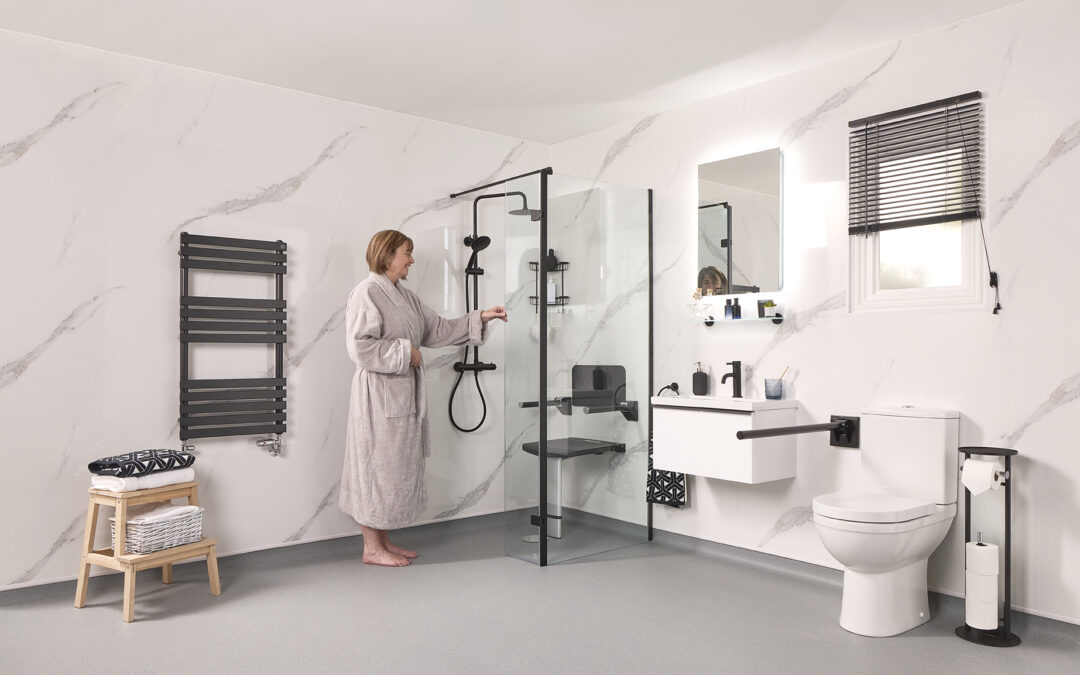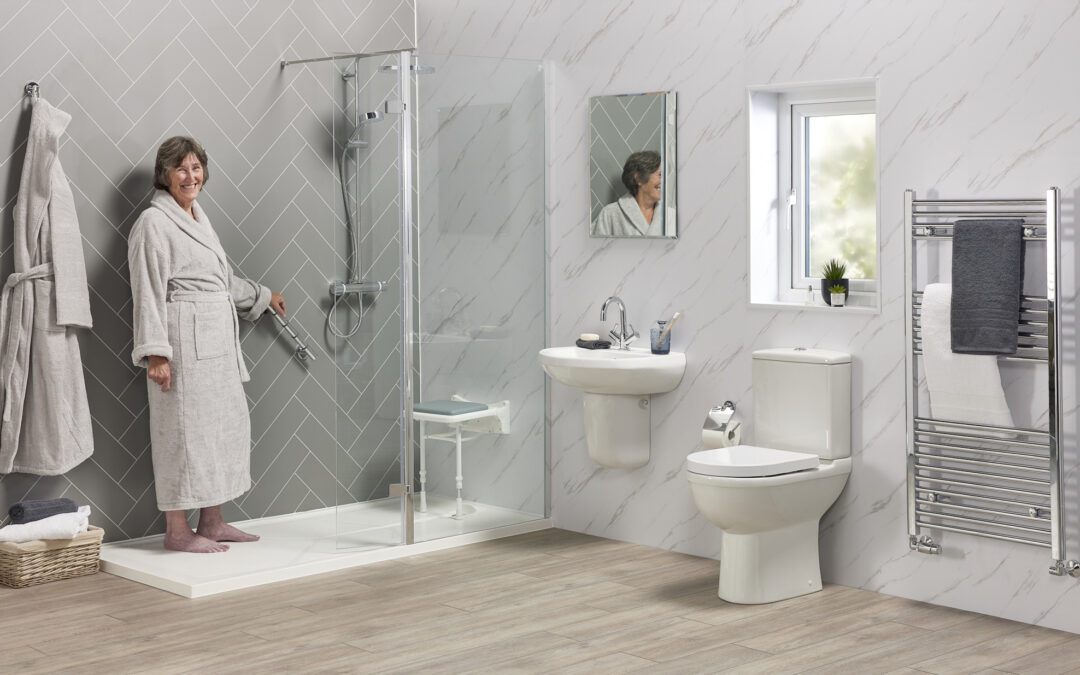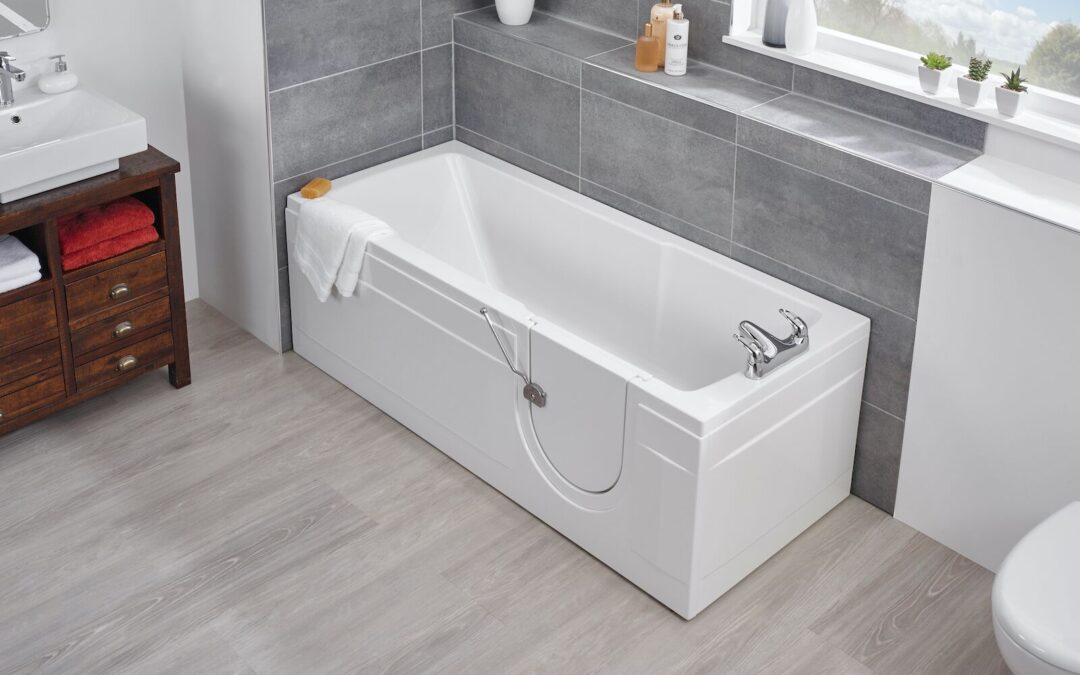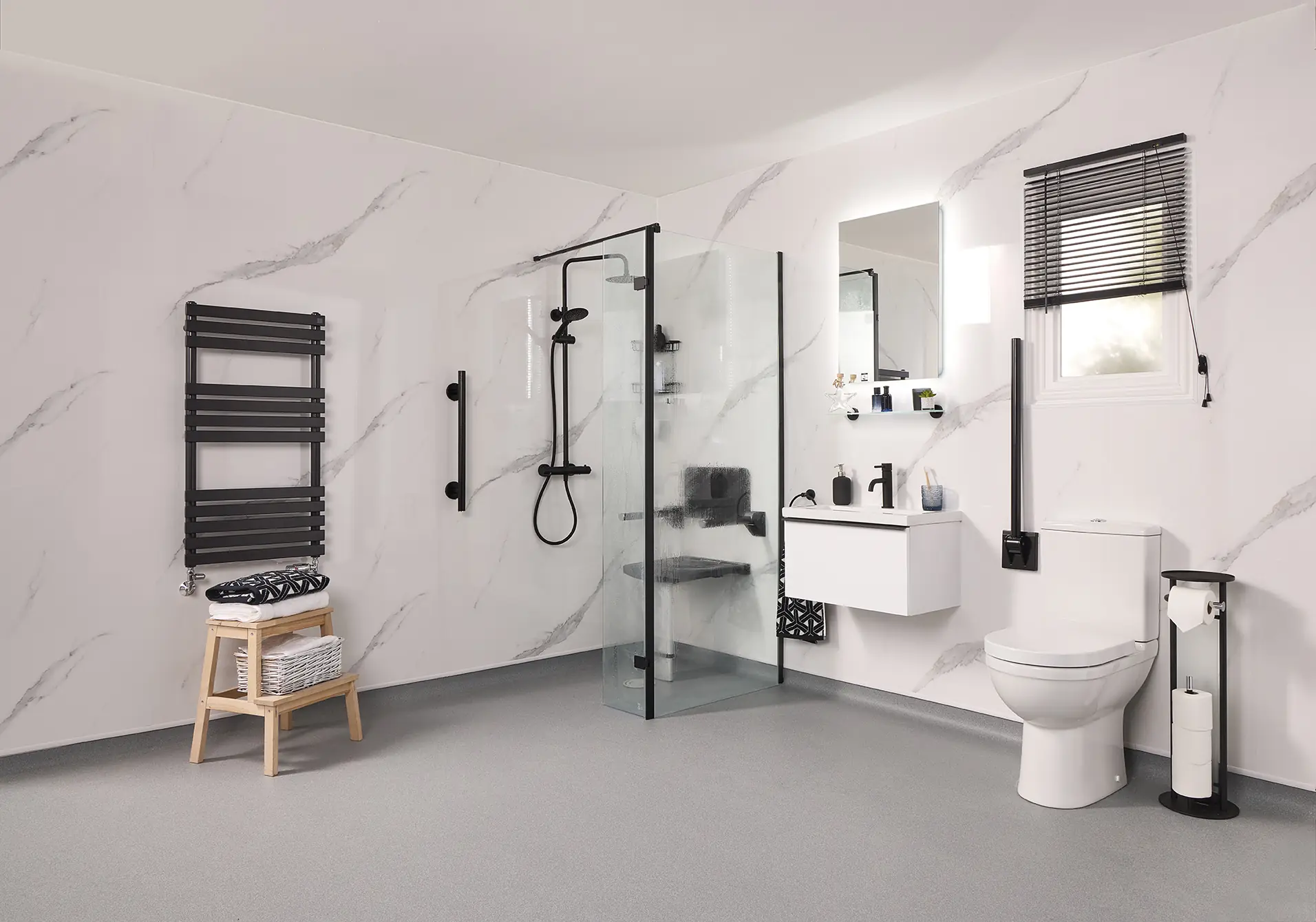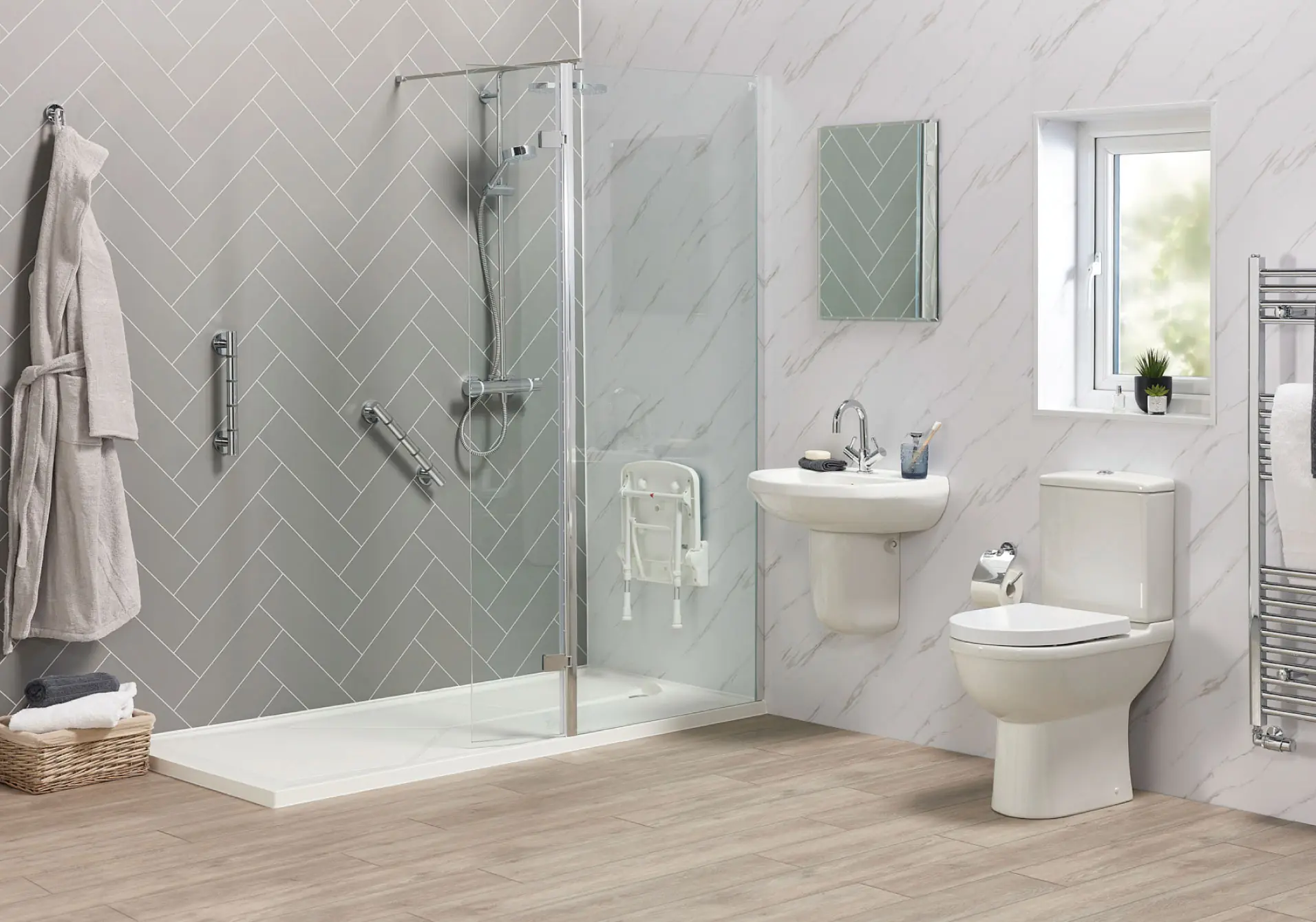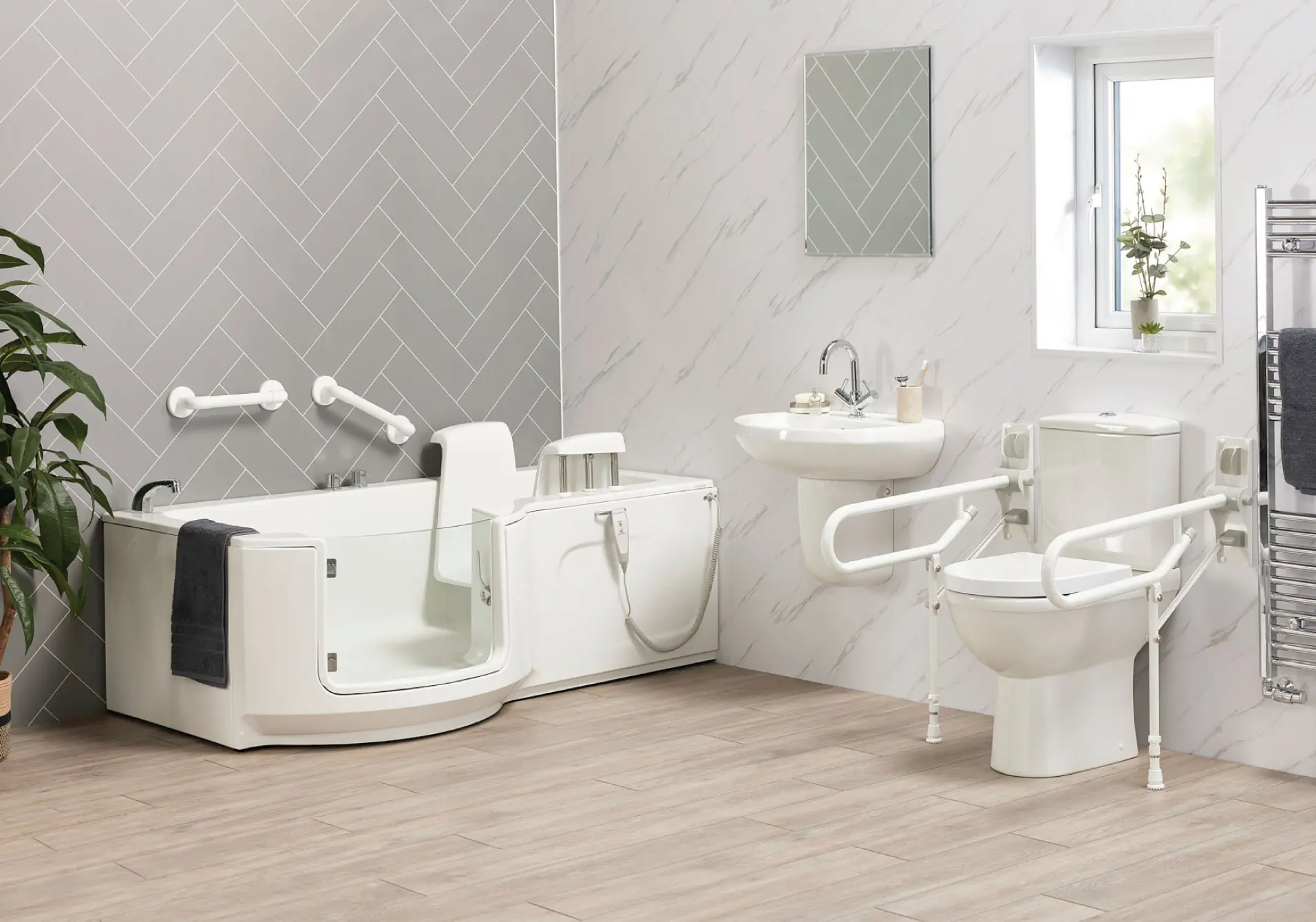Bathing, a ritual of relaxation for many, can become a challenge as we age or face mobility limitations. The standard bathtub, once a symbol of rejuvenation, can transform into an obstacle. Walk-in baths emerge as a revolutionary solution, combining safety features with accessibility. In this comprehensive guide, we will delve into the mechanics of how walk-in baths work, shedding light on the innovative features that make them an indispensable addition for individuals with mobility challenges.
Understanding Walk-In Bath for the Disabled and Elderly
Walk-in baths are purposefully designed to provide a secure and accessible bathing experience, especially for those with mobility issues. The fundamental principle behind their design is to eliminate the barriers posed by traditional tubs, allowing individuals to bathe with dignity and independence.
Key Elements of Walk-In Baths: A Mechanism of Comfort
Watertight Door
The defining feature of walk-in baths baths for the disabled and elderly is the watertight door. Unlike traditional tubs with high sides, walk-in baths have a door that opens outward. This low-threshold entry eliminates the need to step over, reducing the risk of slips and falls. The watertight door mechanism ensures a secure and leak-free bathing experience, enhancing safety and convenience.
Seating Arrangement
Built-in seating is a hallmark of walk-in bath for the disabled and elderly, providing a comfortable perch for individuals to bathe in a seated position. This feature is particularly beneficial for those who may find standing for extended periods challenging. The seating arrangement not only promotes relaxation but also contributes to the overall safety of the bathing process.
Easy Access Controls
The controls of walk-in baths are strategically positioned for easy reach. Intuitive and user-friendly, these controls allow individuals to operate the bath effortlessly. From adjusting water temperature to managing water depth, the controls are designed to enhance the user’s bathing experience, fostering a sense of control and autonomy.
The Bathing Process: Navigating Safety and Comfort
Entering the Bath
The process begins with the individual opening the outward-swinging watertight door. The low threshold ensures easy access, and the absence of high sides eliminates the need for strenuous physical effort.
Sealing the Door
Once inside, the individual securely closes the watertight door. The sealing mechanism ensures a tight closure, preventing water leakage during the entire bathing process. This feature not only enhances safety but also allows for a worry-free and relaxing bath.
Filling the Tub
With the door securely closed, users can fill the bath with water to their desired level. Many walk-in baths come equipped with quick-fill features, minimising the waiting time for the bath to be ready. This feature is designed with user convenience in mind.
Bathing in Comfort
Individuals can then enjoy a soothing bath in a seated position. The built-in seating provides comfort, and the safety handrails offer additional support for manoeuvring and stability. The ergonomic design of walk-in baths ensures a relaxing and secure bathing experience.
Draining the Tub
After completing the bathing experience, users can conveniently drain the water. Walk-in baths typically have efficient drainage systems, allowing for a swift and hassle-free process. The entire cycle, from entering the bath to draining it, is crafted to be seamless and user-friendly.
Benefits Beyond Safety: Dispelling Concerns
Hydrotherapy Options
Many walk-in baths come with optional hydrotherapy features, incorporating therapeutic water jets that provide relief for sore muscles and joints. This additional feature contributes to the overall well-being of the user, making the bath not only safe but also therapeutic.
Customisation for Individual Needs
Walk-in baths are available in various sizes and configurations, allowing for customisation based on the user’s specific needs and the available bathroom space. The ability to tailor the bath to individual requirements ensures a personalised and comfortable bathing experience.
Aesthetic Appeal
Contrary to the misconception that safety features compromise aesthetics, walk-in baths are designed with a focus on both functionality and visual appeal. They seamlessly blend into the bathroom environment, offering a modern and stylish look while prioritising safety.
Real Stories: Testimonials from Users
Let’s hear from those who have experienced the benefits firsthand:
Eleanor, a user of a walk-in bath from EA Mobility, shares, “The walk-in bath has been a lifeline for me. It’s not just about safety; it’s about regaining the joy of bathing independently. The low entry, comfortable seating, and safety handrails make every bath a pleasure.”
David, a caregiver, adds, “Introducing a walk-in bath for my elderly mother was a decision we didn’t realise we needed until we saw the difference it made. It’s not just about accessibility; it’s about preserving dignity and ensuring a positive bathing experience for our loved ones.”
Considering Walk-In Baths with EA Mobility
At EA Mobility, we recognise the importance of creating tailored solutions that empower individuals with mobility challenges. Our walk-in bath for the disabled and elderly are crafted with precision and care, reflecting our commitment to safety, accessibility, and comfort. If you’re considering enhancing your bathing experience or that of a loved one, our team at EA Mobility is ready to assist. Contact us today at FREEPHONE 0808 2812665 to explore our range of walk-in baths and discover how we can transform your bathing routine into a secure, accessible, and enjoyable experience.




